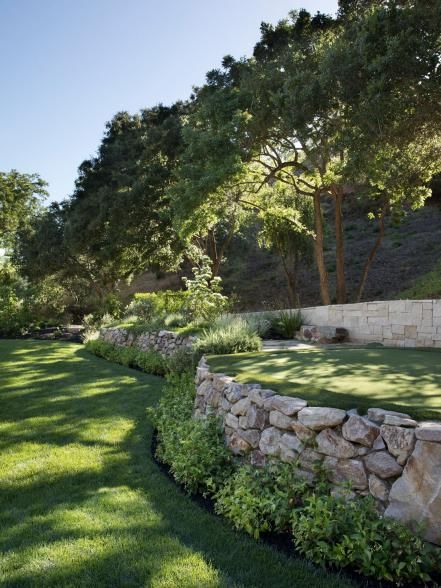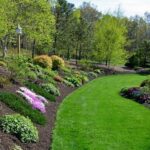Landscaping on a hill can present its own unique challenges and opportunities for homeowners and designers alike. Whether you are looking to create a terraced garden, add visual interest to a slope, or simply enhance the natural beauty of the hillside, there are several important factors to consider when planning your landscaping project.
One of the most important considerations when landscaping on a hill is erosion control. Sudden heavy rains or strong winds can quickly wash away soil and plants if proper measures are not taken. To prevent erosion, it is important to select plants with deep root systems, utilize mulch to retain moisture and stabilize the soil, and consider installing retaining walls or terraces to increase water retention and prevent runoff.
In addition to erosion control, selecting the right plants for a hillside landscape is crucial to its success. Plants that are native to the area and well-suited to the local climate and soil conditions will be better able to thrive on a hill than exotic or high-maintenance species. Additionally, plants with a spreading or creeping growth habit can help to cover the slope and prevent erosion while adding visual interest to the landscape.
Another important aspect of landscaping on a hill is creating safe and functional pathways and access points. Steep slopes can be difficult to navigate, so it is important to design pathways that are both visually appealing and easy to walk on. Installing steps, handrails, and retaining walls can help to create safe and functional pathways while also adding structure and interest to the landscape.
When designing a hillside landscape, it is also important to consider the topography and natural features of the slope. By working with the existing contours of the hill, rather than against them, you can create a more harmonious and visually appealing landscape. Incorporating natural elements such as rocks, boulders, and trees into your design can help to blend the landscape into its surroundings and create a more naturalistic feel.
Finally, lighting is an important consideration when landscaping on a hill. Properly placed lighting can help to highlight the contours of the slope, create focal points, and extend the usability of outdoor spaces into the evening hours. By carefully selecting and installing lighting fixtures, you can enhance the beauty and functionality of your hillside landscape while also improving safety and security.
















